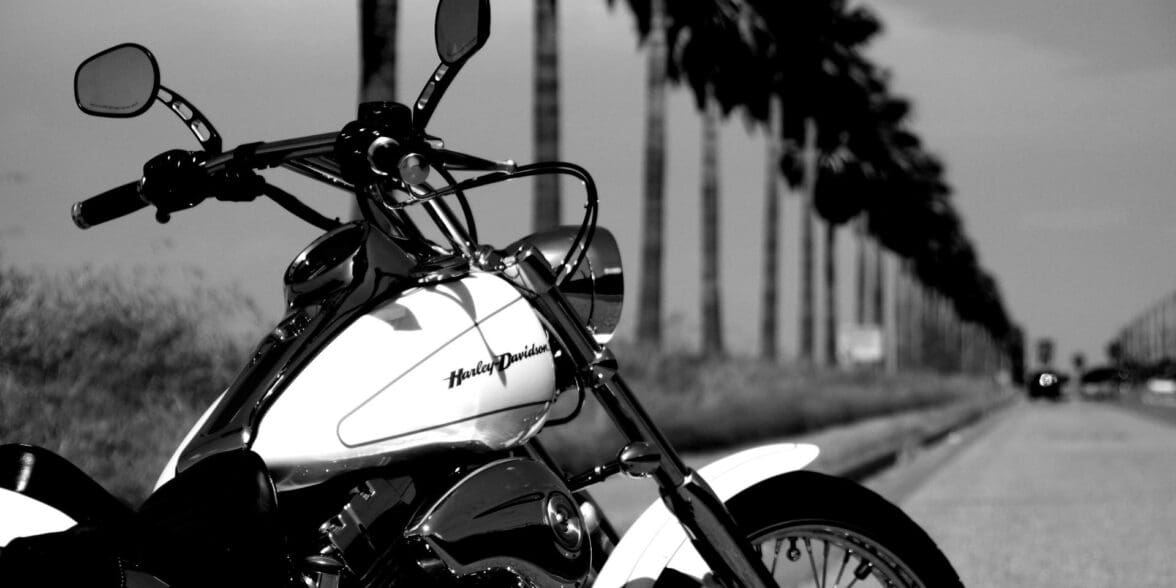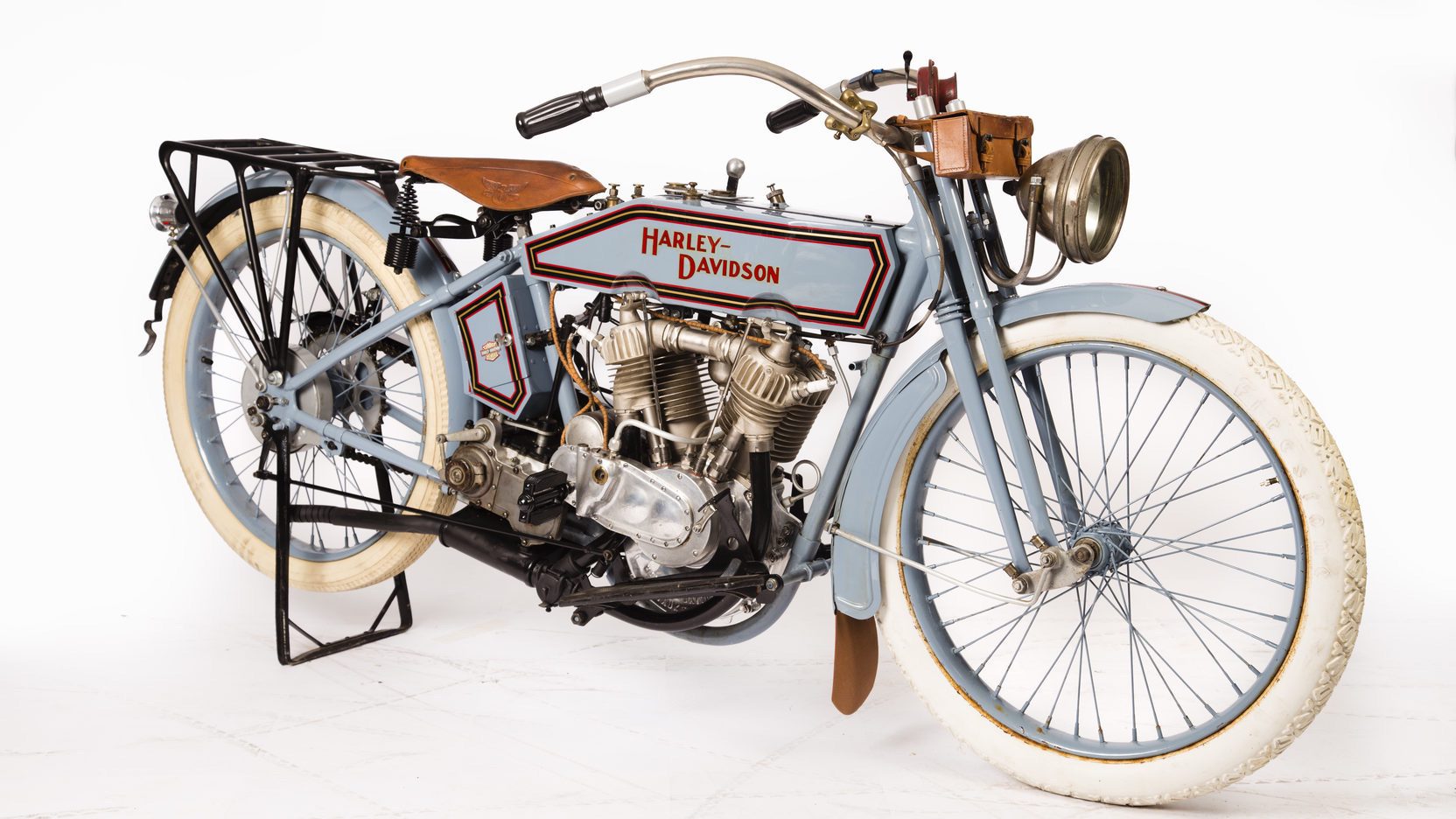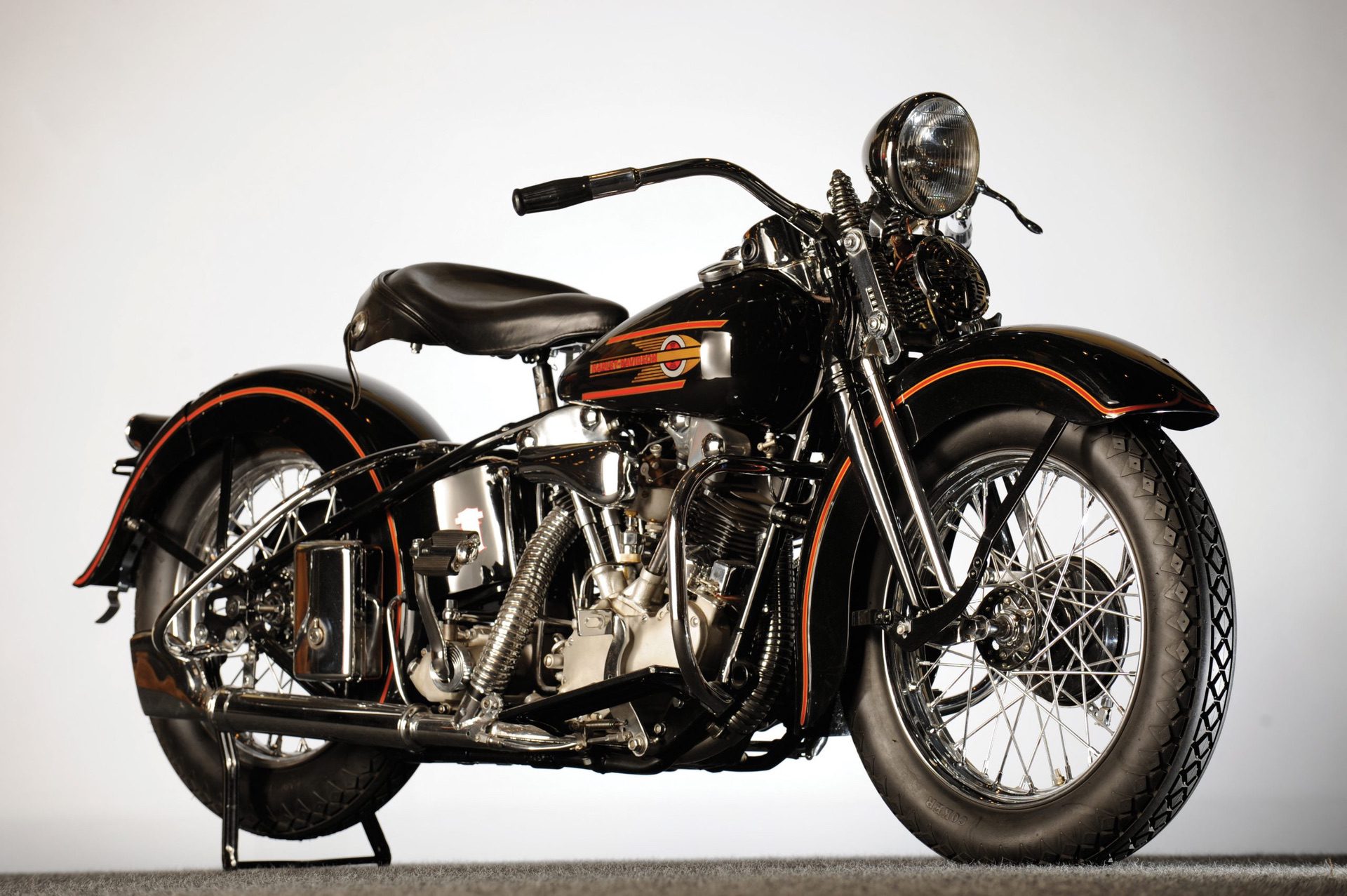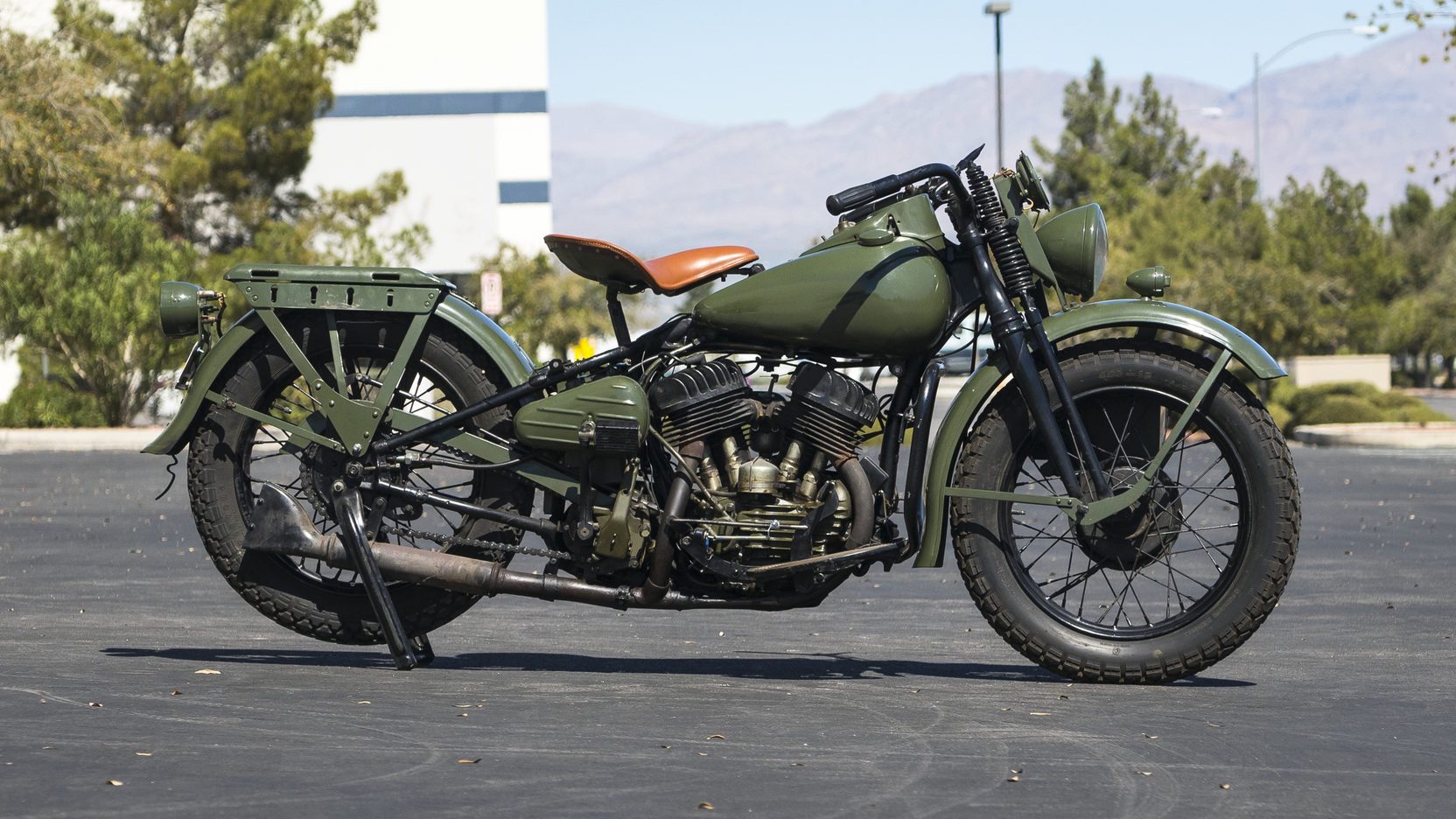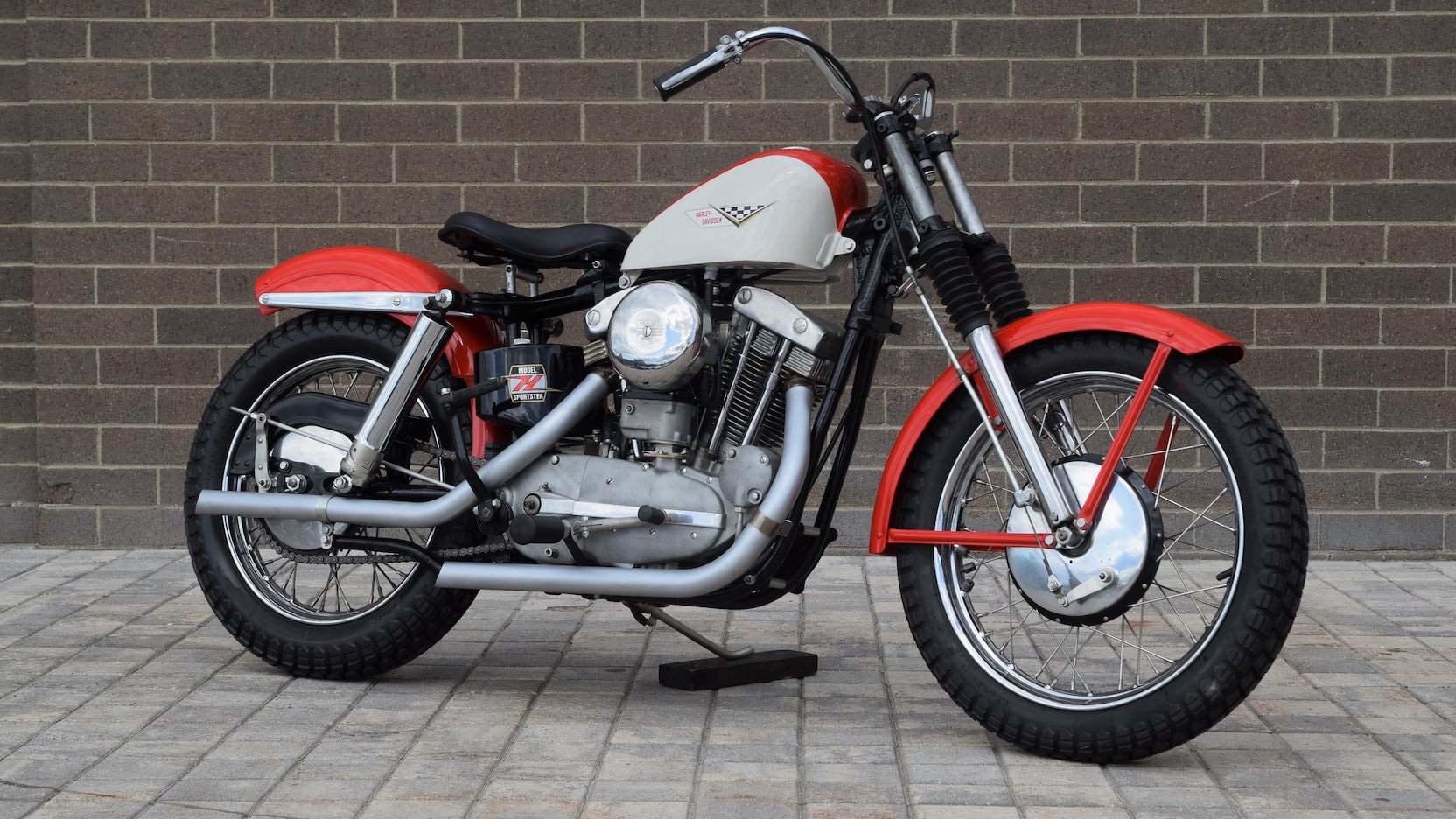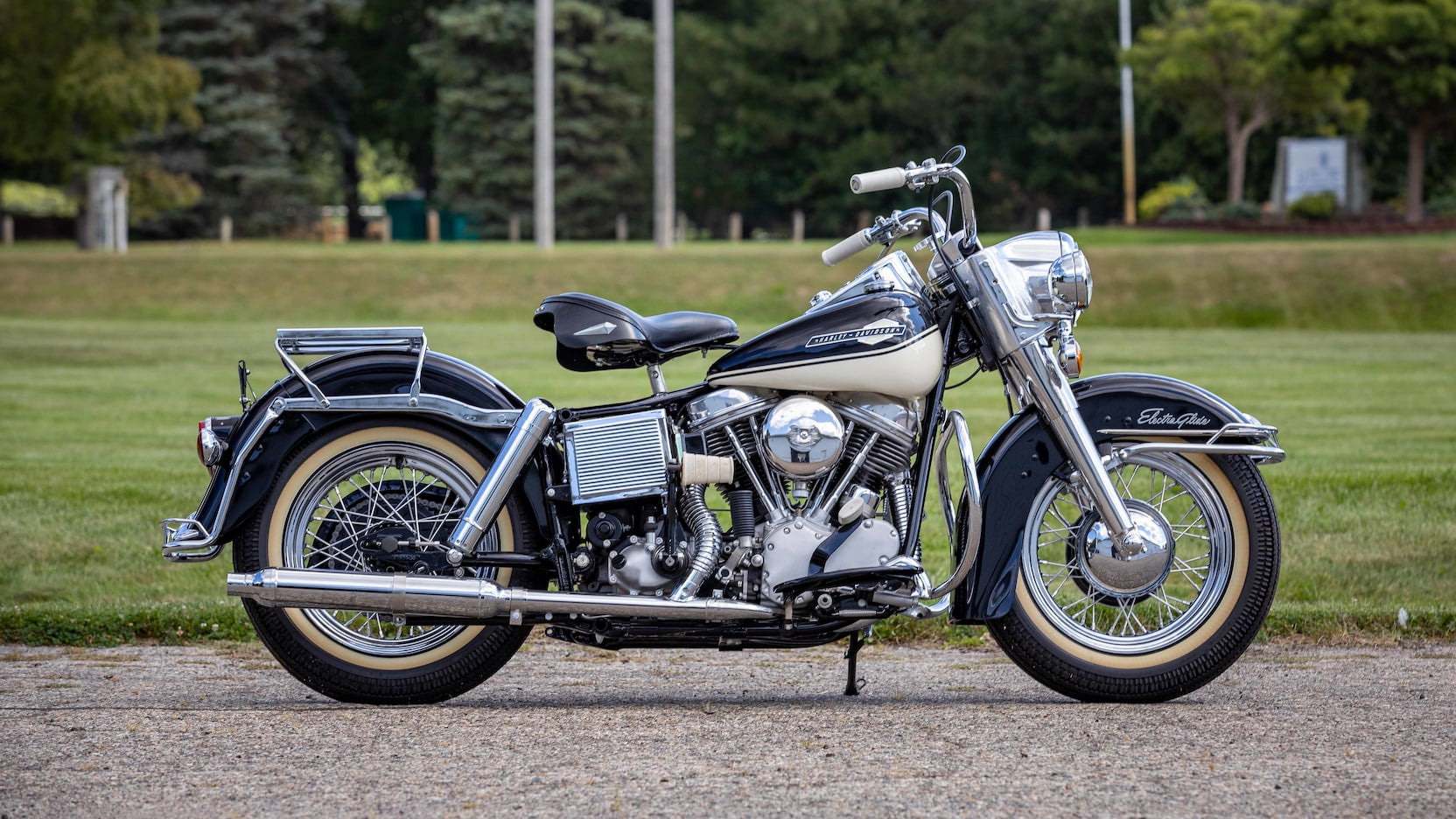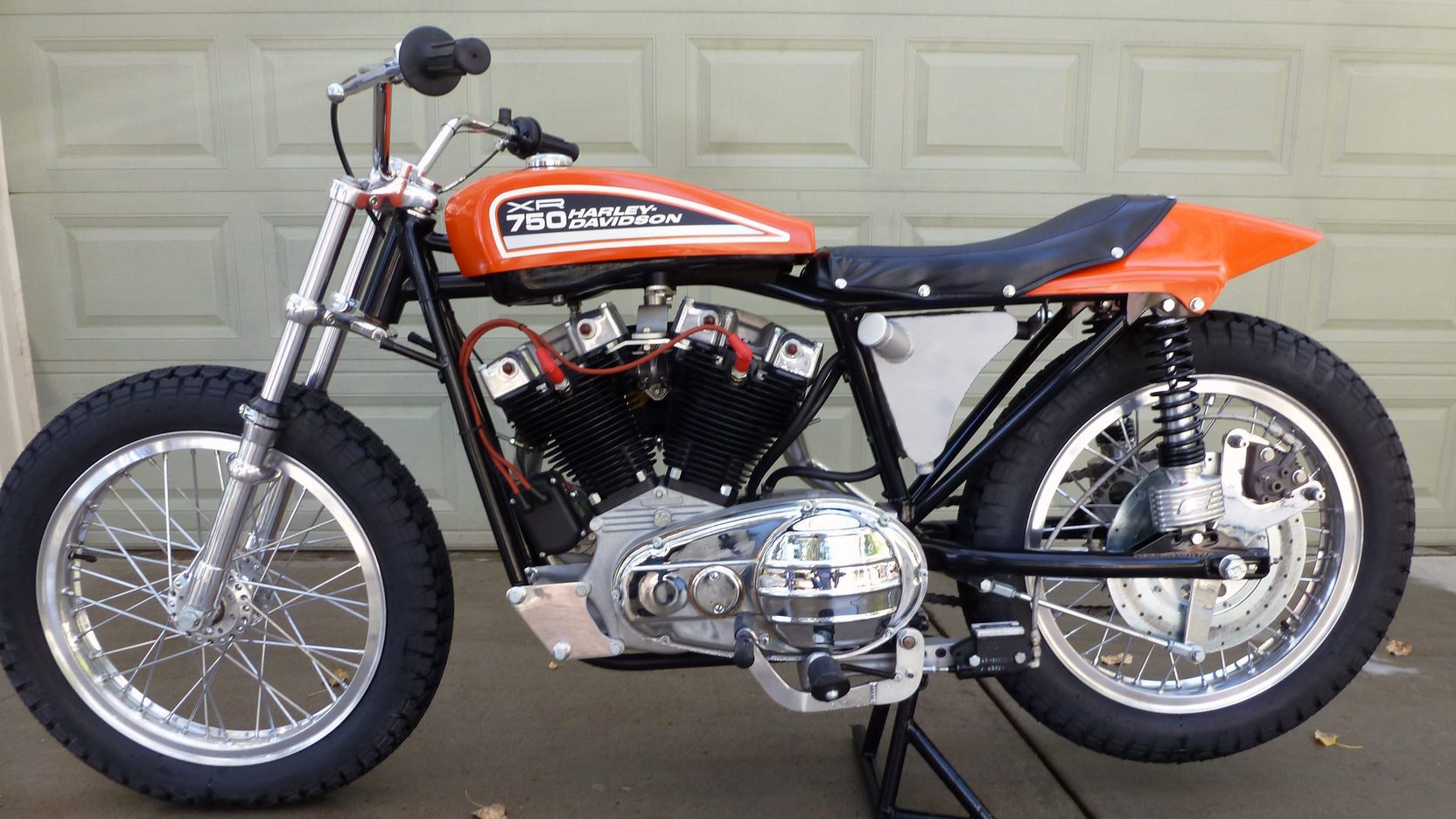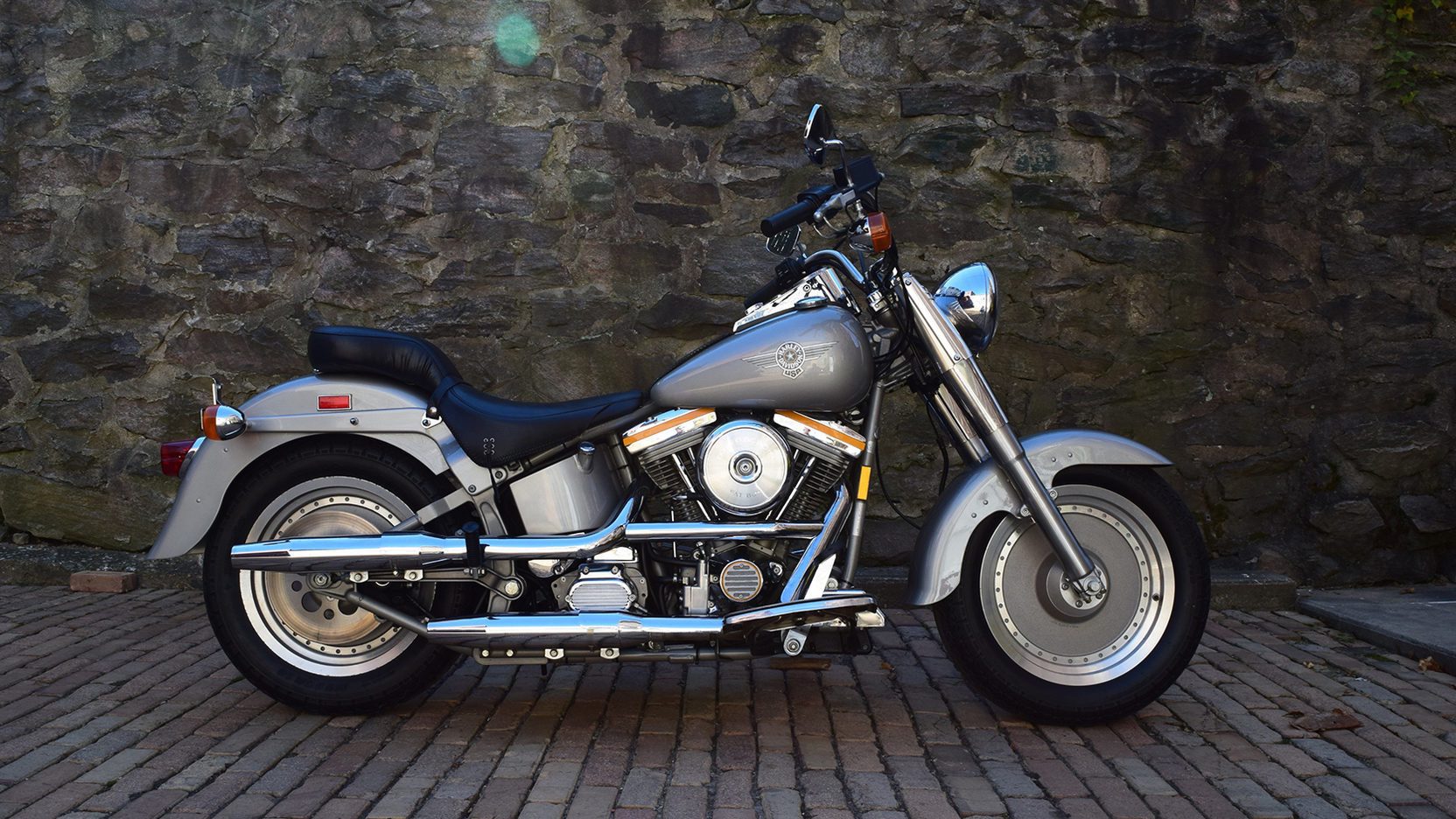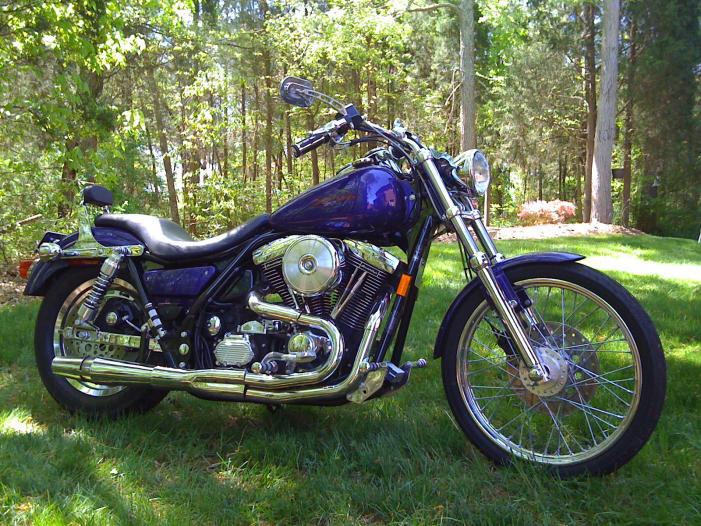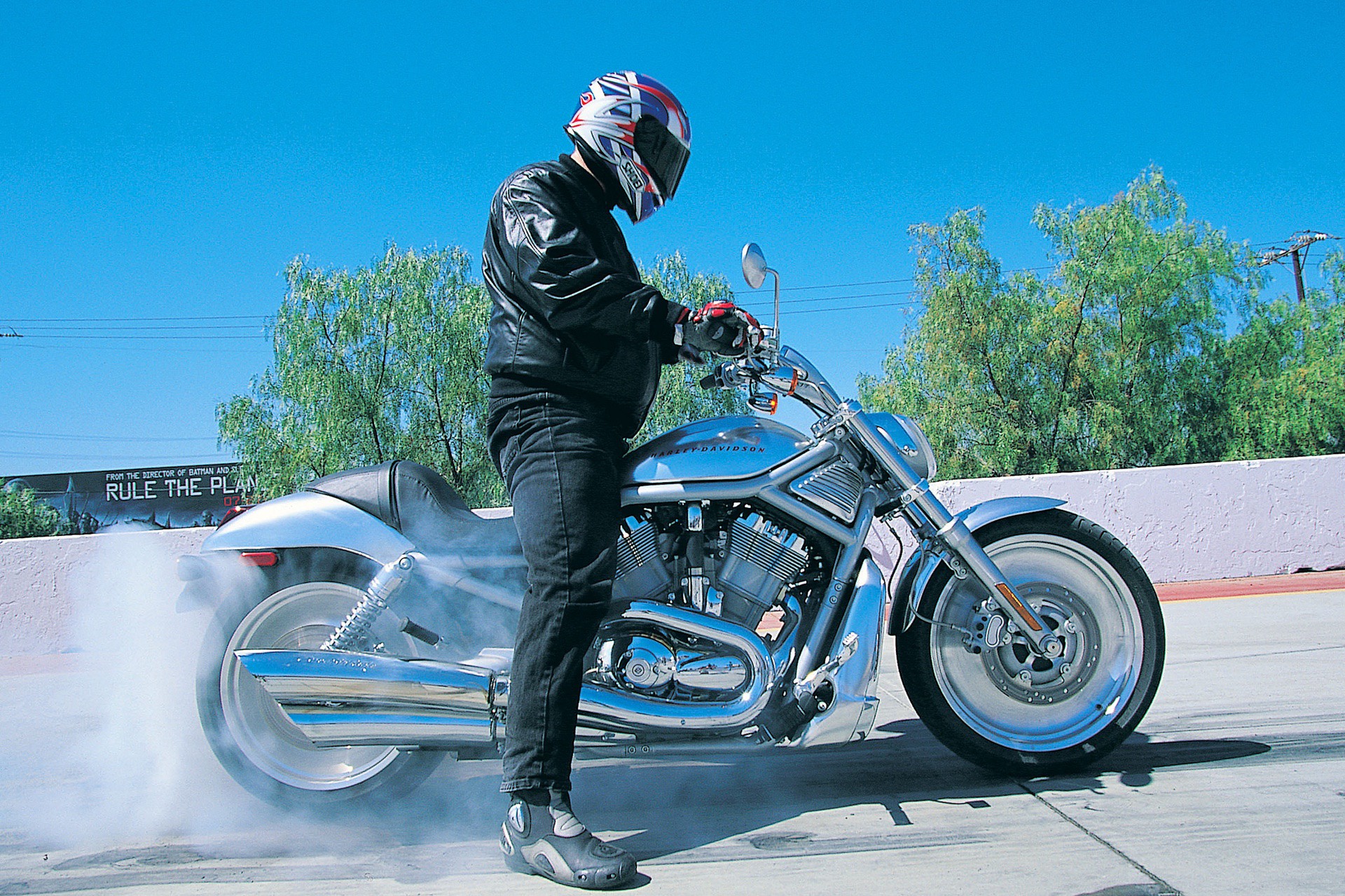The world is full of amazing motorcycle brands, but I cannot think of a single other manufacturer that can claim to have a lifestyle. Is there any other brand of motorcycle in the world that has the level of global recognition of Harley Davidson? I cannot think of a single one.
How did Harley-Davidson get here? What are the best bikes Harley made to make this company into the legend it is today? I must say this feels a little like treading into a minefield; it’s like being asked to choose which of your children is your favorite. Well, challenge accepted!
Follow along and I will do my best to share what I think were some of the best Harley-Davidson models ever produced from this legendary manufacturer.
Just a side note, I don’t own a flame suit strong enough to handle the comment section if I tried to rank these 1 thru 10, so I am simply listing them by year.
1915 Harley-Davidson 11F
I am sure for many it is no surprise that I start this out with the 1915 11F. There are so many cool changes that occurred with this bike, but I love this oddball. When introduced, the 11F was $275 a massive $35 less than the 11J, and it was all thanks to the headlight.
Basically, HD removed the expensive electrical headlight used on the 11J and replaced it with an acetylene-burning headlight. Customers loved the savings and quickly made the 11F the most popular model of 1915.
OK, there may have been a few other key features introduced on the 11F. Maybe the three-speed sliding gear transmission or the mechanically driven oil pump were more appealing than the lower price? Or could it have been the 22% power increase; the 1000cc V-Twin engine jumped from 9hp to 11hp.
Imagine the sales for 2022 if all Harley models had 22% more power and a 10% lower price!
1936 Harley-Davidson EL “Knucklehead”
Photo Credit: Hagerty.
There are amazing stories surrounding this motorcycle, and I love hearing them all. Post depression, and pre WW2, business all around was tough. Harley Davidson was in tough against some reliable and fast bikes from rival Indian Motorcycles and needed some serious innovation to set them apart.
Engineers of the day knew that for true reliability, improvements in lubrication were the key. Recirculating oil systems (dry sump) were still very new, and sidevalve twins had many known limitations. William Harley, the company’s chief engineer, did not want a repeat of the previous sidevalve big twin debacle and had been hard at work on a completely new overhead-valve design.
This new design made great power but was so plagued with oil leaks that Harley Davidson almost did not release the bike. Thankfully, solutions were found, the bike was released, and even though engineers made multiple revisions on the fly through 1936, the unique “Knucklehead” was born.
Aside from the incredible engine—and I hardly touched on its many design features—Harley designers created what I personally think is the best-looking bike they have ever made with the EL. The frame and forks were fresh designs. A 4-speed transmission was fitted. The EL was also the first Harley to have the instrument cluster on the top of the tank with its gorgeous two-tone paint scheme.
Simply put, the 1936 Harley Davidson EL was a no-brainer for this list.
1940’s Harley-Davidson WLA “Liberator”
With WW2 in full swing, the military needed a tough, reliable motorcycle—and Harley Davidson responded with the WLA.
Many years of development had made the 45 cubic-inch “Flathead” engine extremely reliable and tolerant of poor quality fuel, and the 45’s depression-era roots as a durable utility vehicle were well suited to military use. Increased ground clearance, a skid plate, and a severe duty air cleaner completed the foundations of the “A” or “Army” model, and ramping up production allowed Harley Davidson to contribute in a tremendous way to not only the US Army but to many Allied nations.
Over 90,000 WLAs were produced during the war (along with spare parts the equivalent of many more). Harley-Davidson would also produce a close WLA variant for the Canadian Army called the WLC and would also supply smaller numbers to the UK, South Africa, and other allies—as well as fill orders for different models from the Navy and Marine Corps. Through the Lend-Lease program, the USSR received over 26,000 WLAs.
Some call the WLA the “bike that won the war”, and that level of significance cannot be overlooked.
1958 Harley-Davidson XLCH Sportster
The economy was booming in the ’50s, unemployment was low, Americans had surplus spending money, and the biker crowd was clamoring for performance. British bikes were taking a bite out of Harley sales and dealers had become increasingly vocal demanding a bike that could compete.
Thus was born the 1957 Sportster with a new overhead valve engine and a heavy dose of KH parts. Despite being a step in the right direction, dealers were not impressed and went back to Walter Davison demanding improvements. They wanted a smaller tank and bobber fenders—basically a KRTT with the new Sportster engine.
HQ built it, and the dealers sold them, and now the Sportster family is Harley’s longest-running model. That little peanut tank and the 883 engine can trace their lineage back the full 64 years.
1965 Harley-Davidson Electra-Glide
There have been many important FL models through the years but the 1965 Electra Glide stands out to me as the foundation of the fully dressed touring machines to come.
In the final year of the Panhead engine, this was the first FL Harley to feature an electric starter. Bumping up to a five-gallon Turnpike tank gave the Electra-Glide some range, and the add-on accessories showed the true touring potential.
1970 Harley-Davidson XR-750
Finally caving to the pressure from foreign bike manufacturers, in 1969 the American Motorcyclist Association (AMA), established new rules that there would be one maximum displacement for dirt track racing: 750 cc, with no regard for valve type. This move rendered the KR series obsolete, and HD needed a replacement quickly.
It is true that the 1970 XR with its iron heads was not the fastest, it was the start of things to come and the eventual winner of 29 Grand National titles. If that’s not enough, it was the bike Evel Knievel chose for his legendary stunts of the 1970s.
1990 Harley-Davidson Fat Boy
Arguably the most recognizable of all Harley Davidson models, the Fat Boy checked every single box for what makes a Harley so damn cool.
Based on the 82 cu/in softail, Willie G. Davidson and Louie Netz nailed the styling with the signature stance and solid wheels, creating a road presence that has fully stood the test of time.
Cementing the badass factor, the Fat Boy claimed a starring role in a small movie called “The Terminator.”
1999 FXR2 & 3 “CVO”
This is not a model that is typically brought up when discussing the best Harley-Davidsons of all time, but I am a fan of history and firsts.
The idea was to begin producing niche custom factory bikes and reclaim the business that aftermarket builders were thriving with, and so the “Custom Vehicle Operations,” or “CVO” was born.
The FXR had already stopped production, but customers still loved the bike, and with all the tooling still readily available, it was possible to be up and running very quickly.
Jim Hoffman, the Parts & Accessories Program Manager was given the task to make these bikes happen, and both models received about $4000 worth of goodies.
The Harley Davidson Dyna was a good bike when production stopped and despite the 5-year hiatus, the CVO treatment and limited production made them even better.
Can you even imagine the HD lineup now without the CVO’s?
2002 Harley Davidson VRSCA V-Rod
This was exactly the bike Harley Davidson needed to show the world. The impact of the V-Rod on the motorcycle community was huge; suddenly performance and Harley Davidson could be combined in the same sentence.
The all-American DNA was fully present, but now in a package that the rest of the world could get a leg over. Launching the bike at the dragstrip left little doubt what the new 1,130cc Revolution engine was all about: 115bhp at the crank and 74ft-lb 7000rpm, developed with assistance from Porsche.
The most un-Harley-like bike that was absolutely a Harley-Davidson became the company’s best-selling bike outside the USA.
2009 FXSTB Night Train
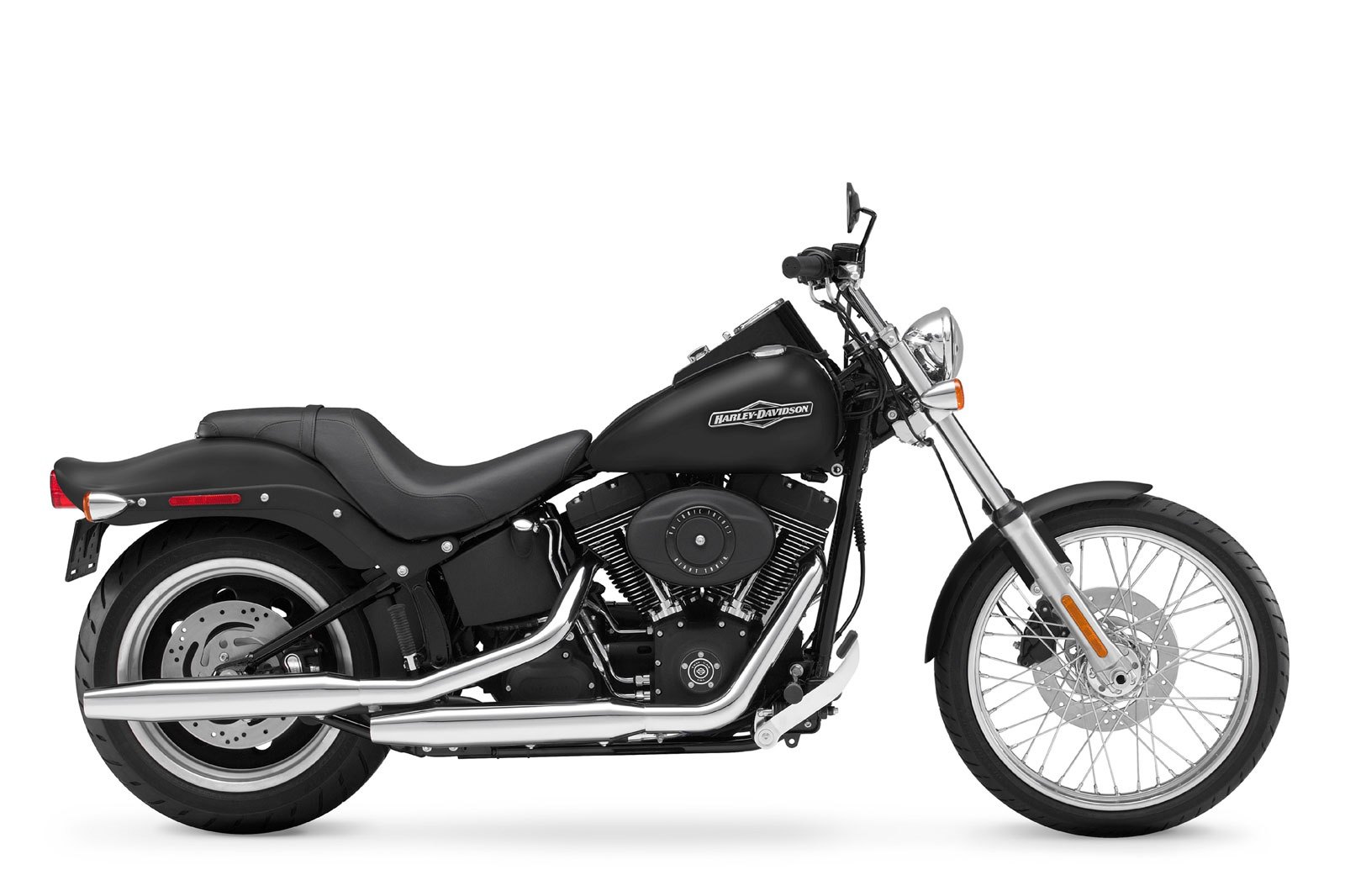
Much like the 1990 Fat Boy, the 2009 Night Train just got it all right with the design and the performance. For the final year of the Night Train, it now had the 1584cc Twin-Cam 96B engine. With the fat rear tire, 21’ front tire, drag bars, and the extended front end, the blacked-out machine was a quick ride.
With a stance and riding position buyers were clamoring for, the Night Train showed just what a great daily ride a Harley could be.
Conclusion
There it is—my list. I guarantee there are many models that should be on this list that I have missed. It is next to impossible to satisfy everyone when the history of the brand is as long and storied as that of Harley-Davidson.
I look forward to your feedback. Let me know what you agree with, and what you think I should have included.


